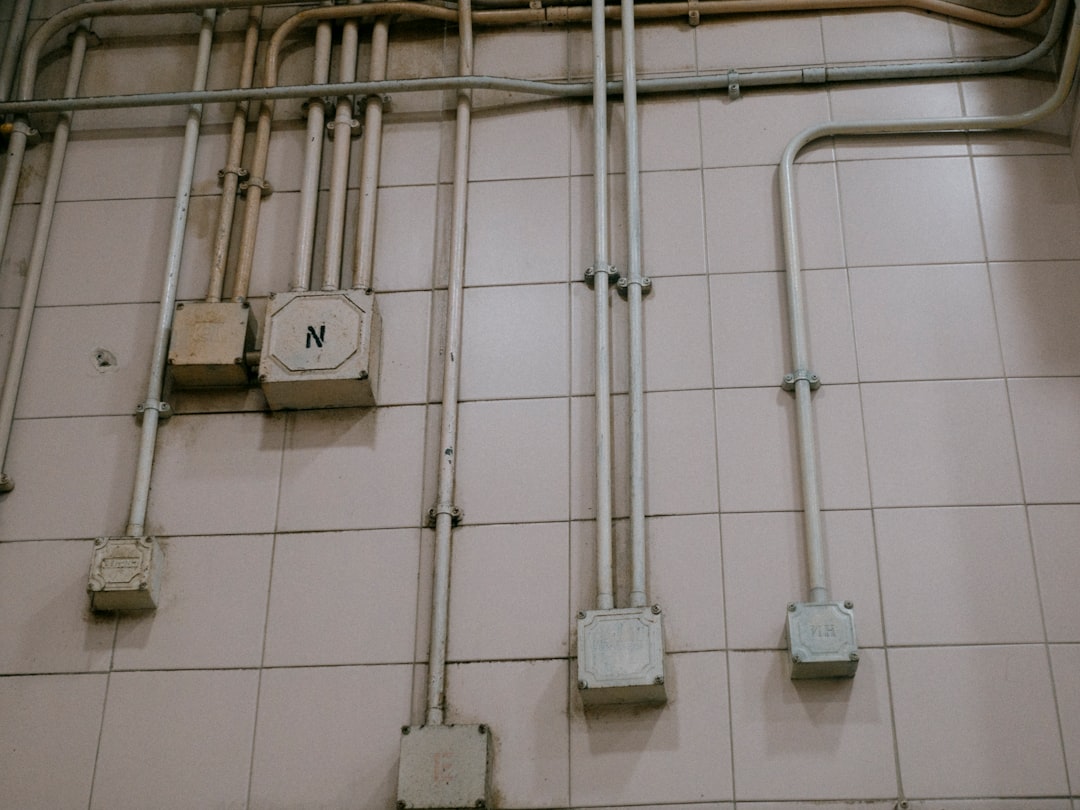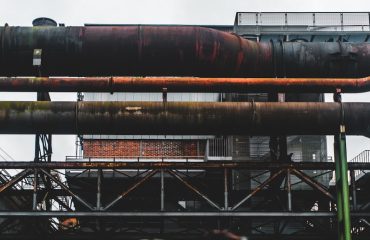Radiographic inspection (RT) is a crucial non-destructive testing (NDT) method used to detect internal flaws and imperfections in pipes. This powerful technique utilizes X-rays or gamma rays to create images revealing the internal structure of the pipe, allowing for the identification of critical defects that could compromise structural integrity and lead to costly failures. This comprehensive guide delves into the intricacies of radiographic inspection in pipes, covering its various applications, advantages, limitations, and safety considerations.
Understanding the Principles of Radiographic Pipe Inspection
Radiographic inspection relies on the principle of differential absorption of radiation. X-rays or gamma rays are emitted from a source and directed through the pipe. Areas of the pipe with different densities will absorb varying amounts of radiation. Thicker sections or areas containing defects (like cracks, corrosion, or porosity) will absorb more radiation, resulting in less radiation reaching the film or detector on the opposite side. This difference in radiation absorption creates a shadow image on the film or digital detector, revealing the internal structure and any anomalies.
The technique can be applied to various pipe materials, including steel, stainless steel, aluminum, and plastic, and is effective in detecting a wide range of flaws, including:
- Weld defects (porosity, cracks, slag inclusions)
- Corrosion and erosion
- Internal pitting
- Manufacturing defects
- Foreign object inclusions
Types of Radiographic Techniques Used in Pipe Inspection
Several radiographic techniques are employed for pipe inspection, each with its own advantages and limitations. The choice of technique depends on factors such as pipe diameter, wall thickness, material type, and the type of defect being sought.
- Conventional Radiography: This traditional method uses X-ray film as the detector. While cost-effective, it requires careful processing and interpretation of the film, and it’s slower than digital methods.
- Real-Time Radiography (RTR): RTR utilizes a digital detector, providing instant image visualization on a monitor. This allows for immediate assessment of the pipe’s integrity and reduces processing time.
- Computed Radiography (CR): CR uses photostimulable phosphor plates as detectors. The plates are scanned after exposure to produce a digital image. CR offers better image quality and flexibility compared to conventional radiography.
- Digital Radiography (DR): DR uses a digital detector that directly converts X-rays into an electronic signal, providing high-resolution images with excellent sensitivity and dynamic range.
Advantages and Limitations of Radiographic Pipe Inspection
Radiographic inspection offers several key advantages:
- High sensitivity: It can detect even small flaws that might be missed by other NDT methods.
- Permanent record: The radiographic image provides a permanent record of the inspection, which can be used for future reference.
- Versatility: It can be used on various pipe materials and sizes.
- Wide range of detectable flaws: It can detect a wide variety of internal flaws.
However, radiographic inspection also has some limitations:
- Accessibility limitations: Access to the pipe may be required from both sides for certain techniques.
- Radiation safety concerns: Requires adherence to strict safety protocols to protect personnel from radiation exposure.
- Cost: Can be relatively expensive compared to some other NDT methods.
- Limited surface flaw detection: Primarily detects internal flaws; surface flaws may be missed.
Safety Precautions in Radiographic Pipe Inspection
Radiographic inspection involves the use of ionizing radiation, which poses a potential health hazard if not handled properly. Strict adherence to safety protocols is paramount to protect personnel and the environment. Key safety precautions include:
- Radiation shielding: Using appropriate shielding materials (lead, concrete) to minimize radiation exposure to personnel.
- Distance: Maintaining a safe distance from the radiation source during exposure.
- Time: Minimizing the time spent in the radiation field.
- Radiation monitoring: Using radiation monitoring devices to measure radiation levels and ensure personnel exposure remains within safe limits.
- Trained personnel: Only trained and certified personnel should conduct radiographic inspections.
- Proper equipment: Using properly calibrated and maintained equipment.
Applications of Radiographic Pipe Inspection in Various Industries
Radiographic pipe inspection plays a vital role in ensuring the safety and reliability of pipelines across diverse industries. Its applications include:
- Oil and gas industry: Inspecting pipelines for corrosion, erosion, and weld defects to prevent leaks and explosions.
- Chemical processing industry: Ensuring the integrity of pipelines carrying hazardous materials.
- Power generation industry: Inspecting pipelines carrying steam, water, and other fluids.
- Construction industry: Quality control of welded pipe joints in various structures.
- Aerospace industry: Inspecting pipes in aircraft and spacecraft.
The use of radiographic inspection helps to prevent catastrophic failures, minimize downtime, and enhance overall safety and efficiency across these industries.
In conclusion, radiographic inspection remains an indispensable tool for ensuring the integrity of pipelines across numerous sectors. By understanding its principles, techniques, advantages, limitations, and safety protocols, industries can leverage this powerful NDT method to maintain the safety and reliability of their pipe systems.




